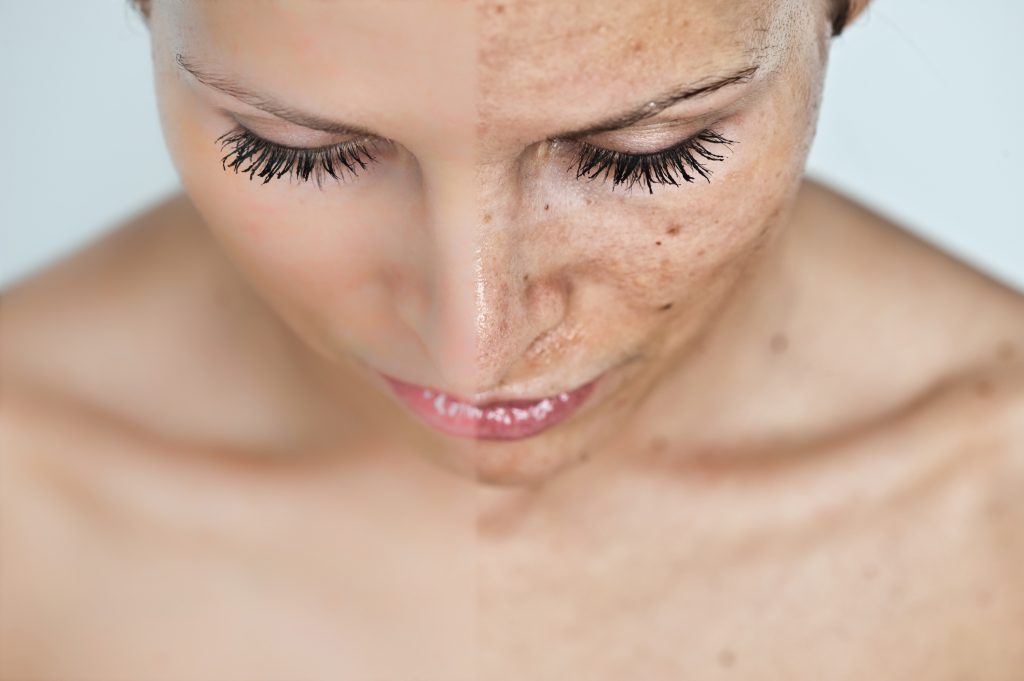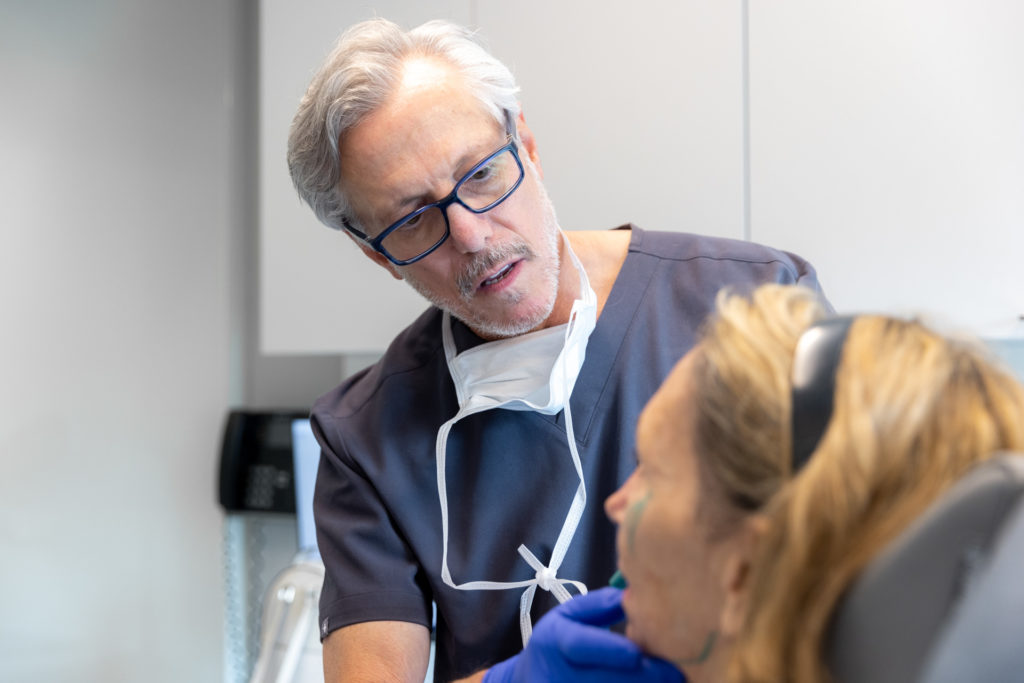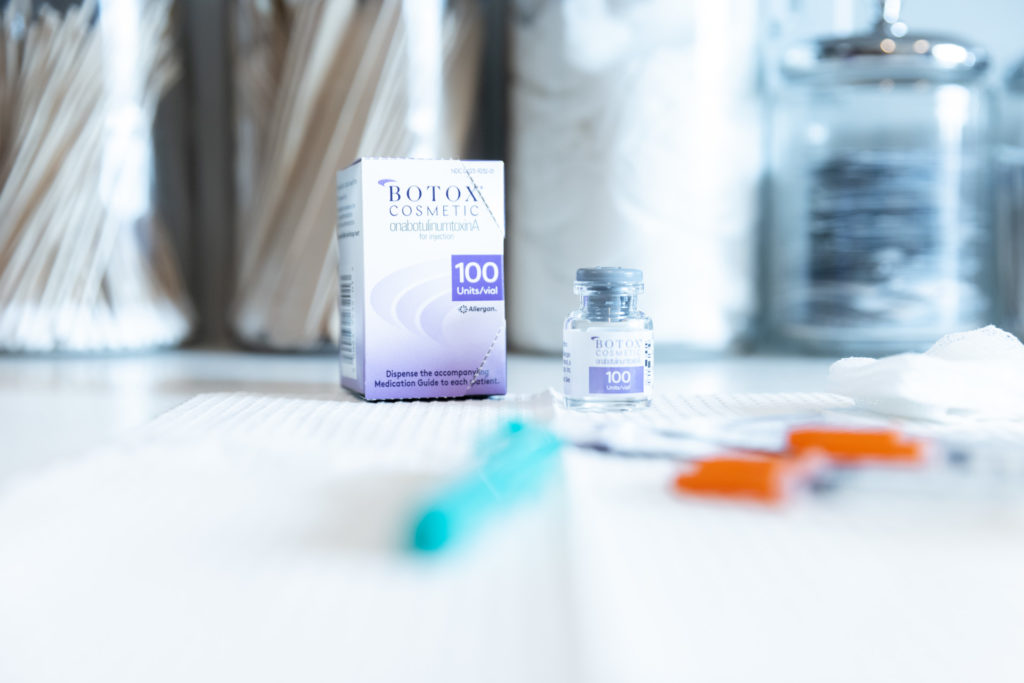
Beauty Expert Donna Fay shares the best practices to treat hyperpigmentation
What is hyperpigmentation?
Hyperpigmentation is a common condition, however it can be particularly stubborn to treat. Patients suffer through years of unsuccessful attempts at eliminating hyperpigmented skin, while skin care professionals are faced with the challenge of treating it.
Hyperpigmentation affects women and men of all skin colors. It features areas of darkened skin. Though it’s most common in patients’ middle age and up, hyperpigmentation can also be found in younger clients as well. Caused by either overactive melanocytes, which are the cells responsible for producing melanin (melanotic hyperpigmentation), or an acceleration of the melanocytes themselves (melanocytotic hyperpigmentation), hyperpigmentation presents no health threat. But, it can be a symptom of disease or illness. People with facial hyperpigmentation may become concerned with the aesthetic implications of the condition; this can cause depression and anxiety. This condition deserves serious attention, with a diliigent approach to skin analysis coupled with a willingness to apply creative treatment.
What causes hyperpigmentation?
There are three main causes of hyperpigmentation.
- Post-inflammatory hyperpigmentation or PIH. This occurs following skin injury from acne lesions, psoriasis, burns, friction, and even certain skin care treatments. It begins to fade as the skin regenerates itself, however, this can take several months to heal. On the positive side, PIH generally responds well to treatment.
- Lentigines, commonly known as liver spots or age spots. They do become more prevalent with age and are found on 90% of light-skinned individuals over the age of 60. They’re not directly caused by the aging process, but are related to UV exposure.
- Melasma. This is caused by hormonal fluctuations, common during pregnancy, with thyroid dysfunction, as well as the use of birth control pills and hormone replacement therapy. It affects an estimated five to six million women in the US alone and can often be difficult to treat.
- Generally not considered a main cause, certain illnesses, and certain prescription medications may cause hyperpigmentation.
Skin analysis
To increase the likelihood of successful treatment, a detailed skin analysis is crucial. Not only should your skin care professionals investigate the severity of the condition, they should also look for clues as to the origin of the problem. This will help determine if a separate issue must first be treated. It’s important in the evaluation and treatment of hyperpigmentation to collect information from patients. This helps pinpoint a lifestyle, medical, or genetic cause of hyperpigmentation.
Beauty Expert Donna Fay recommends the following products in an effort to treat hyperpigmentation.
- Pearl Brightening Moisture Cream is perfect for this time of year. A unique skin brightener, which combines Kojic acid, Hydroxy acids, Vitamin C and is fortified with Green Tea. Ideal for brightening skin tone and improving the overall appearance of complexion. The Brightening Moisturizer can be used morning and/or night and is best used together with brightening pads.
- Pearl Bright Pads. These pads contain a potent combination of skin brightening ingredients plus antioxidants. The combinations include Kojic acid, Lactic acid, Vitamin C, Green Tea, and Arbutine, making them among the strongest and most effective treatments available for hyperpigmentation and melasma. Can be used every night and can be layered with moisturizer cream to avoid dryness
If you have any questions or would like to schedule a consultation, click here.




